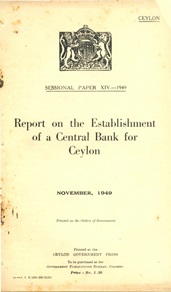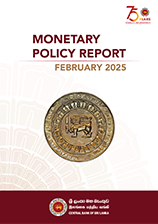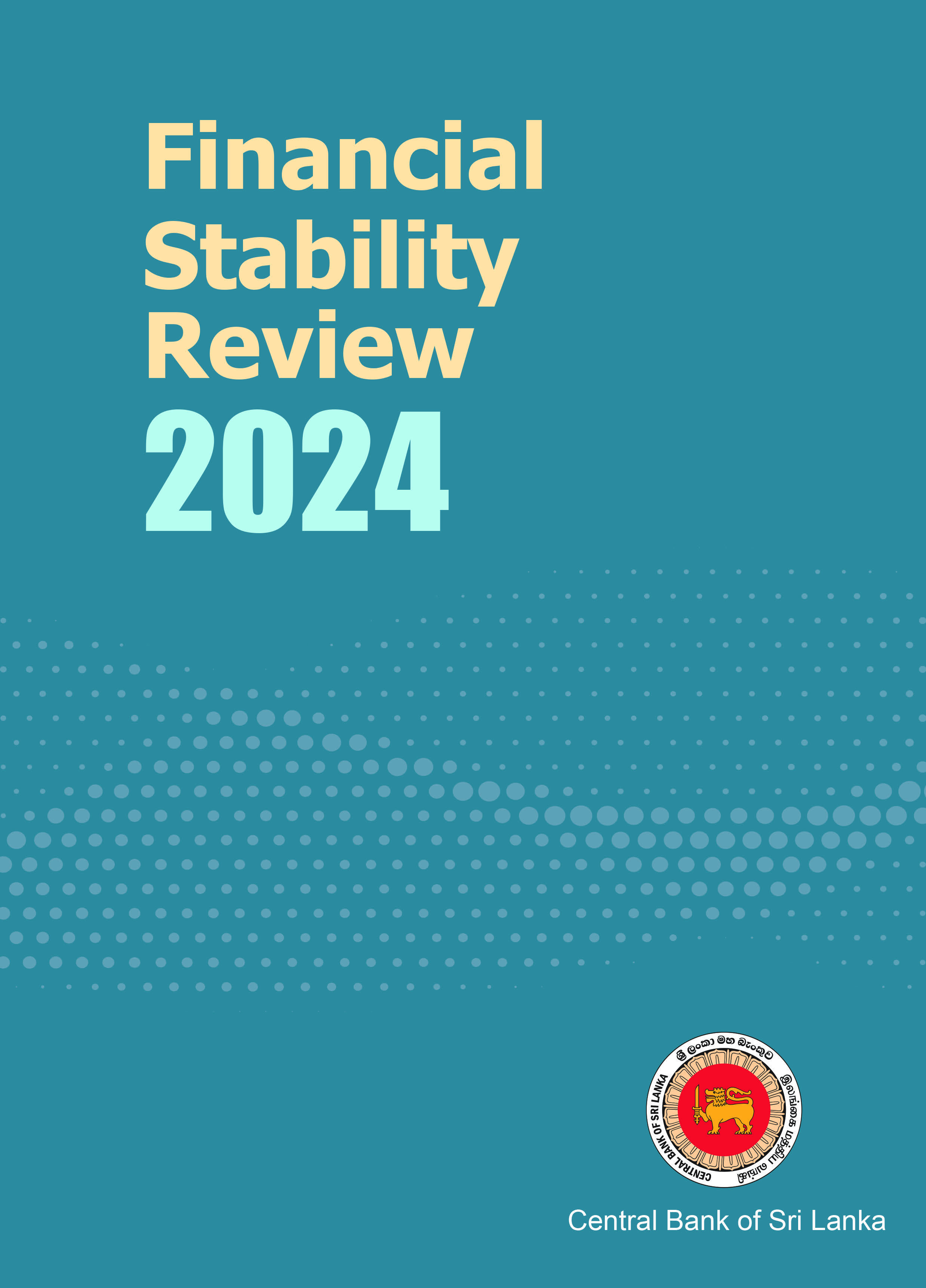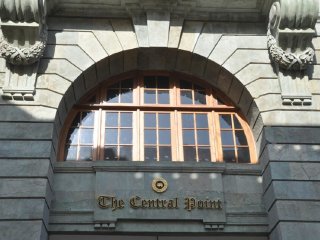The trade deficit widened in July 2019 as exports fell more than the decline in imports. Export earnings recorded a decline of 7.0 per cent (year-on-year) after a steady growth for several months while import expenditure declined by 2.2 per cent (year-on-year) in July 2019.
The decline in export earnings in July 2019 can be largely attributed to a reduction in earnings from petroleum products due to lower prices of bunker fuel and the export of a naval craft in July 2018, which resulted in a higher export base in the corresponding month of the previous year.
The trade deficit widened to US dollars 717 million in July 2019 compared to the deficit of US dollars 316 million recorded in June 2019.
Tourist arrivals observed a notable recovery from the impact of the Easter Sunday attacks recording an increase of 83.4 per cent in July 2019 over the preceding month.










